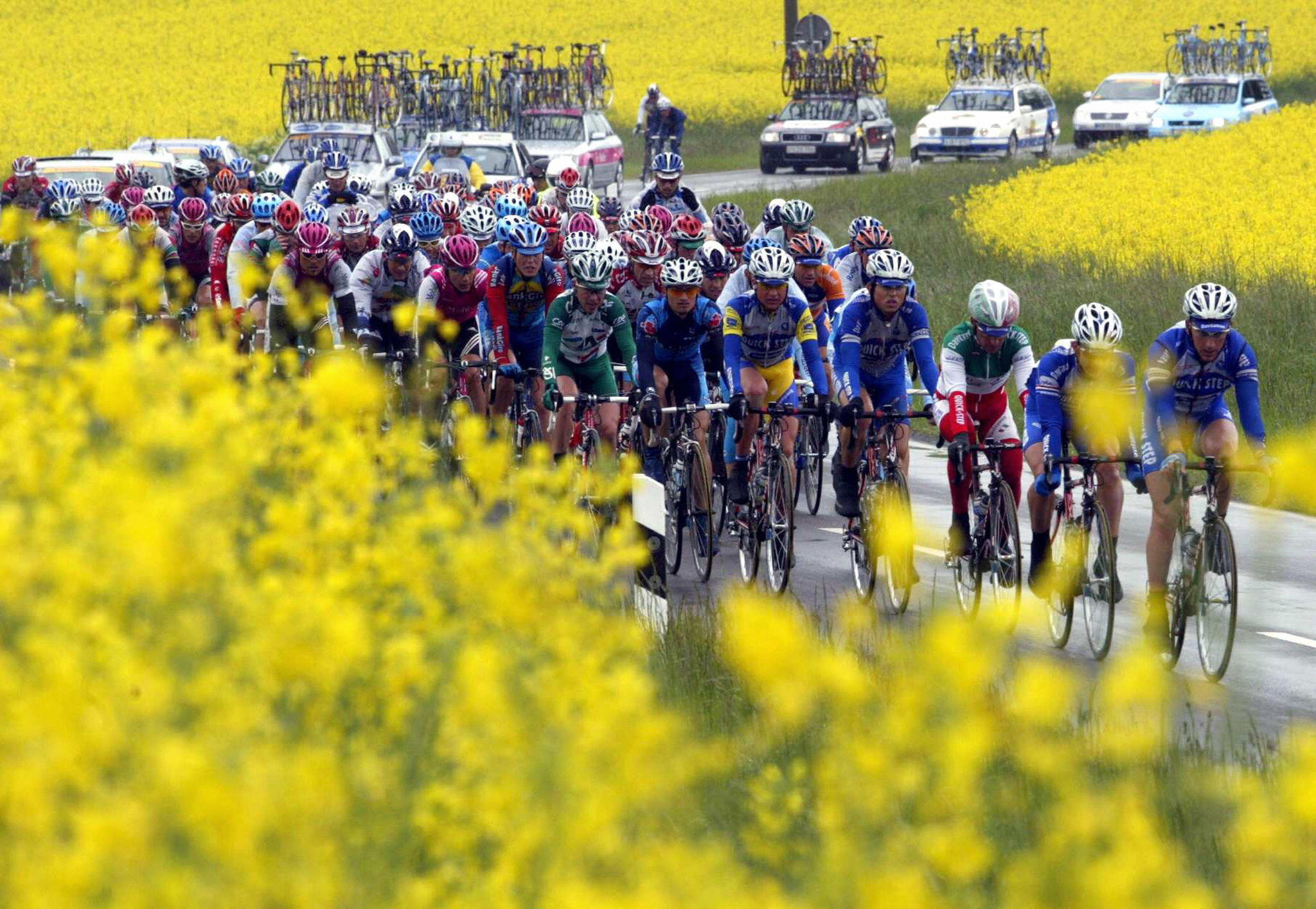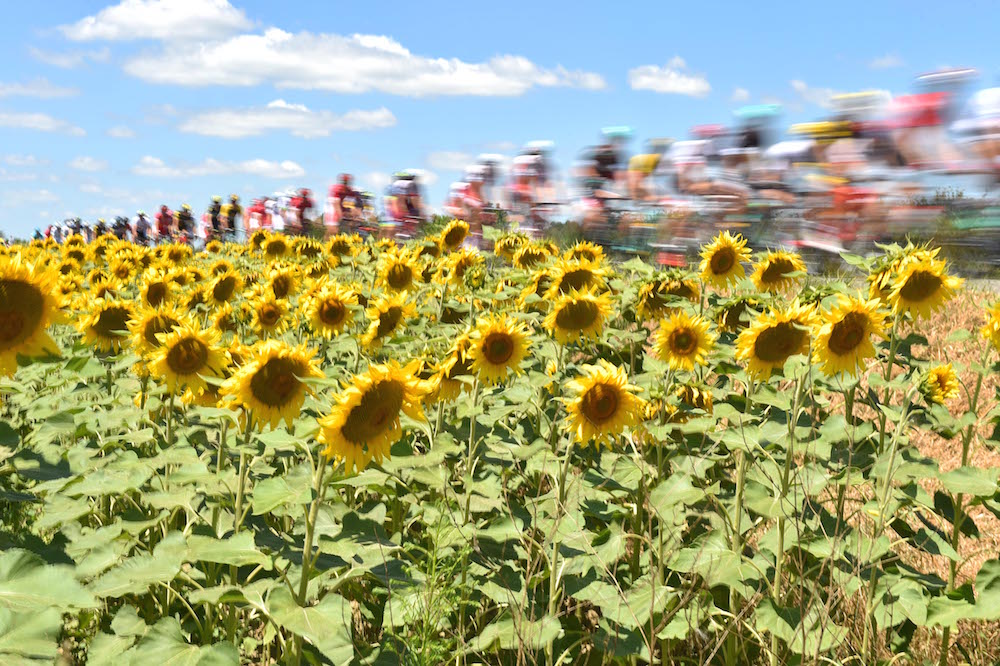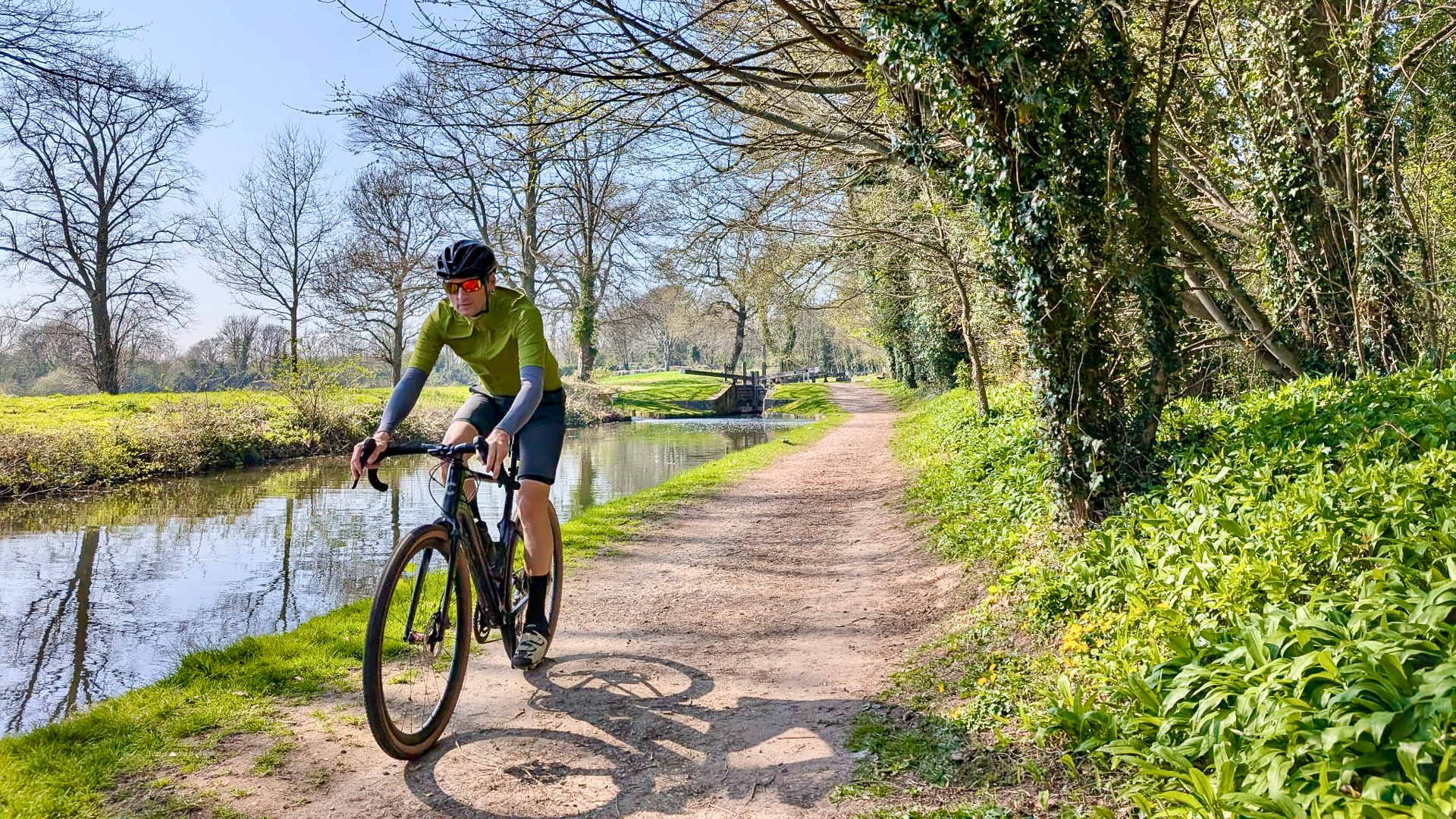How to reduce the effects of hay fever when cycling
Hay fever can be a nightmare for cyclists, but there are effective steps you can take to reduce symptoms and keep riding explains Vicky Ware

Whilst most UK cyclists are enjoying frolics in the sunshine, those who suffer from hayfever may be feeling somewhat more subdued as the pollen count rises.
Most sufferers find the severity of their symptoms vary through the spring and summer months - and that's because the irritants change and some people are more susceptible to one type of pollen.
From mid-May to July the biggest culprit is grass pollen, and June to September it tends to be weed pollen.
>>> Hot weather cycling: five tips to help you keep your cool
High pollen counts can get in the way of cycling, but there are ways to calm the symptoms.
Max Wiseberg of HayMax allergen barrier balm says that “any exercise makes you breathe harder, which will lead to you getting more pollen through your nose,” which triggers and exacerbates symptoms.
>>> Can cycling compromise your immune system?
Get The Leadout Newsletter
The latest race content, interviews, features, reviews and expert buying guides, direct to your inbox!
As your immune system responds to pollen grains as a potential threat, the more pollen you breathe in, the greater the immune response. Using a barrier cream in the nasal passage can reduce hay fever symptoms.
>>> Food swaps to boost your cycling fitness (video)
“Allergen barrier balms trap a portion of the pollen before it gets in to the nose. As long as this takes you below your trigger level for the allergen, then your hay fever reactions won’t be triggered,” Wiseberg says.

The essentials
- Take medication early
- Use a nasal pollen barrier
- Monitor your symptoms
- Ride when pollen is low
- Eat omega-3 fats
If a barrier isn’t enough, you may find antihistamine medication helps. However, it’s best to start taking this well before you have any allergic symptoms. Once symptoms are present, your immune system has already had the chance to ramp up an army of cells which release histamine, giving you a runny nose, itchy watery eyes and potentially feelings of foggy thinking and fatigue.
>>> Can cycling help your sex life? (video)
By taking medication daily well before the pollen season, you dampen the immune system’s ability to produce histamine — well before it has decided pollen is the enemy.
Try to avoid riding at peak pollen times — particularly peak times for the pollen you’re allergic to. Monitor your symptoms online (there are apps and websites for this) to find out which pollen types your symptoms coincide with.
Plant species release pollen at different times of day and year; by finding out whether you react more to grass or tree pollen, and even which species of tree, you’ll be able to plan your daily training to miss the peak. It’s very unlikely you are allergic to all types of pollen.
Get your clothing right in changeable conditions
Eating a well-balanced diet is another factor that can’t be underestimated where allergies are concerned. Focusing on getting plenty of omega-3 fatty acids may improve your allergy symptoms.
In the western world, people tend to eat too many omega-6 fats and too few omega-3, which can lead to an imbalanced immune system prone to over-reaction. Omega-3 oils are found in abundance in oily fish, walnuts and flaxseed.
Key points

The peloton passes by a field of sunflowers in the Tour de France
Hay fever can give you itchy, puffy, watery and light-sensitive eyes. Wearing sunglasses not only keeps the light out but also reduces the amount of pollen being blown into your eyes while cycling.
Your clothes, hair and skin will have picked up pollen grains while you were outside cycling, so shower and get changed as soon as possible after riding to keep your exposure to pollen grains as low as possible.
Keep weekly hours to a minimum, especially at times of day when you know your allergies are worst. Every hour you’re exposed to pollen will increase your hay fever symptoms.
Early morning and dusk tend to have the highest pollen counts, so if possible avoid riding at these times of day. If you have to, keep the duration and intensity low.
>>> Hot weather cycling: five tips to help you keep your cool
Dry your normal clothes and bed sheets indoors during pollen season to stop them picking up pollen grains, which you’ll then be exposed to all day (and night).
Get enough sleep. Although hay fever is ‘just’ an allergic reaction, your body is responding as though there is a real threat, such as an infection. This takes energy, so you might need more recovery from training than usual.
If you want to do more intensive training but pollen leaves you wheezy, turbo training indoors might be the way forwards.

Thank you for reading 20 articles this month* Join now for unlimited access
Enjoy your first month for just £1 / $1 / €1
*Read 5 free articles per month without a subscription

Join now for unlimited access
Try first month for just £1 / $1 / €1
-
 Why do I feel like a cheat every time I ride my e-bike?
Why do I feel like a cheat every time I ride my e-bike?I love my e-bike but struggle with the shame that accompanies me on my rides. Why?
By Simon Fellows
-
 WTB Vulpine S TCS Gravel Tyre review - turbo charge your gravel racing (in the right conditions)
WTB Vulpine S TCS Gravel Tyre review - turbo charge your gravel racing (in the right conditions)The WTB Vulpine S TCS Gravel Tyre is unashamedly aimed at riders who value speed above all else; mudpluggers need not apply
By Tim Russon